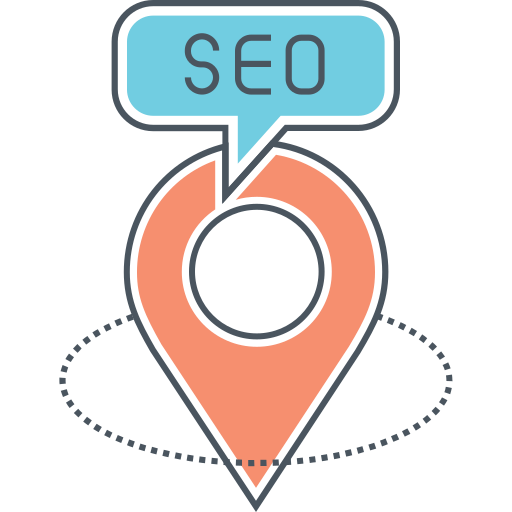SEO Ecommerce Category Pages: A Complete Optimization Guide
Ecommerce category pages play a crucial role in driving traffic and sales to your online store. When optimized properly, these pages can attract more visitors and improve your search engine rankings. In this guide, we will discuss the best practices for creating user-friendly SEO ecommerce category pages.
1. Conduct Keyword Research
Before you start optimizing your category pages, it is important to conduct keyword research. Identify the keywords that are relevant to your products and have a high search volume. Use keyword research tools like SEMrush or Google Keyword Planner to find the most suitable keywords for your category pages.
2. Optimize Page Titles
The page title is one of the most important elements for SEO. Include your target keyword in the page title to improve its visibility in search engine results. Make sure the title is descriptive and accurately represents the content of the category page.
3. Write Unique and Engaging Meta Descriptions
Meta descriptions are short snippets that appear below the page title in search engine results. Write unique and engaging meta descriptions for each category page, including relevant keywords. This will entice users to click on your page and improve its click-through rate.
4. Optimize URL Structure
A clean and descriptive URL structure is important for both users and search engines. Include relevant keywords in the URL of your category pages to make them more SEO-friendly. For example, if you sell shoes, a good URL structure would be “www.examplestore.com/shoes”.
5. Create Unique and Informative Content
Each category page should have unique and informative content that describes the products or services offered in that category. Avoid using duplicate content from other pages or manufacturers’ descriptions. Write original content that provides value to your visitors and includes relevant keywords.
6. Use Heading Tags
Heading tags (H1, H2, H3, etc.) help search engines understand the structure and hierarchy of your content. Use heading tags to break down your category page into sections and include relevant keywords in the headings. This will make it easier for search engines to crawl and index your page.
7. Optimize Image Alt Text
Images play an important role in ecommerce category pages. Optimize the alt text of your images by including relevant keywords. This will not only improve the accessibility of your website for visually impaired users but also provide additional context to search engines about the content of your page.
8. Implement Internal Linking
Internal linking is a powerful SEO technique that helps search engines discover and index your category pages. Link to relevant category pages from your homepage and other related pages within your website. This will improve the visibility of your category pages and distribute link authority throughout your site.
9. Optimize Page Load Speed
Page load speed is a crucial factor for both user experience and SEO. Optimize your category pages to load quickly by compressing images, minifying CSS and JavaScript files, and leveraging browser caching. A fast-loading page will not only improve user satisfaction but also increase the chances of higher search engine rankings.
10. Monitor and Analyze Performance
Regularly monitor and analyze the performance of your ecommerce category pages. Use tools like Google Analytics to track the traffic, bounce rate, and conversion rate of each category page. Identify areas for improvement and make necessary adjustments to optimize your pages further.
By following these best practices, you can create user-friendly SEO ecommerce category pages that drive more traffic and sales to your online store. Remember to regularly update and optimize your category pages to stay ahead of the competition and improve your search engine rankings.
Implementing these optimization techniques may require technical expertise. If you need assistance, consider hiring an SEO professional who can help you optimize your ecommerce category pages and improve your online visibility.


![25 Best AI Social Media Tools to Try in 2024 [Tested Manually]](https://static.semrush.com/blog/uploads/media/d3/fa/d3fa26ef671a81b194bb3a41e73beee4/2c7e96d0d6ae1b7d2f993bdabf9b179b/25-best-ai-social-media-tools-to-try-in-2024.svg)

![The 10 Best AI Writing Tools to Try in 2024 [Tested Manually]](https://static.semrush.com/blog/uploads/media/3a/5e/3a5e0f6ec47a1d4e3495cf6c7a6194d5/8aee055881d17f9c5a0e1ed29dc749fb/the-10-best-ai-writing-tools-to-try-in-2024.svg)